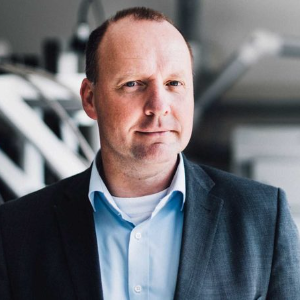Title : Rare earth doped LuPO4 nanoparticles for multimodal medical applications
Abstract:
A novel approach for the improved treatment of cancer in the framework of radiation therapy will by presented, including a comparison to traditional cancer treatment schemes. This approach is about UV emitting LuPO4:Pr3+ nanoparticles in contact to cancer cell lines. Those nanoparticles absorb X-rays and convert it into UV-C radiation, whereby cancer cells will be efficiently inactivated. In consequence, the harm of the radiation treatment for the patient can be reduced tremendously. Selected materials have to meet specific physical and chemical properties to be applicable, like nanoscale Pr3+ doped LuPO4. Recent research results are shown to proof the concept, as well as further possible applications of rare-earth doped LuPO4.
Audience take-away:
- The audience gets an inside view of a completely new form of cancer therapy.
- It is a novel pathway in cancer therapy, while the radiation dose at the patient can be reduced due to higher treatment efficiency. This could reduce the negative “side effects”. The proof of concept at the cellular level has been made, however, much more research with capable partners is required.



